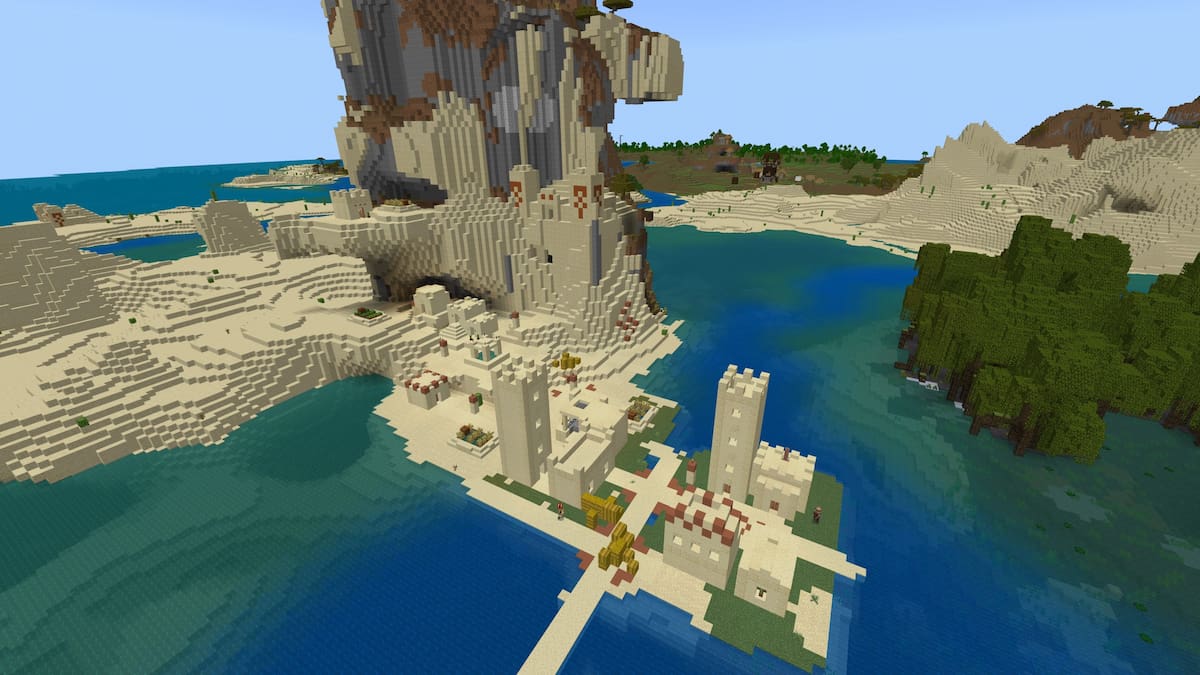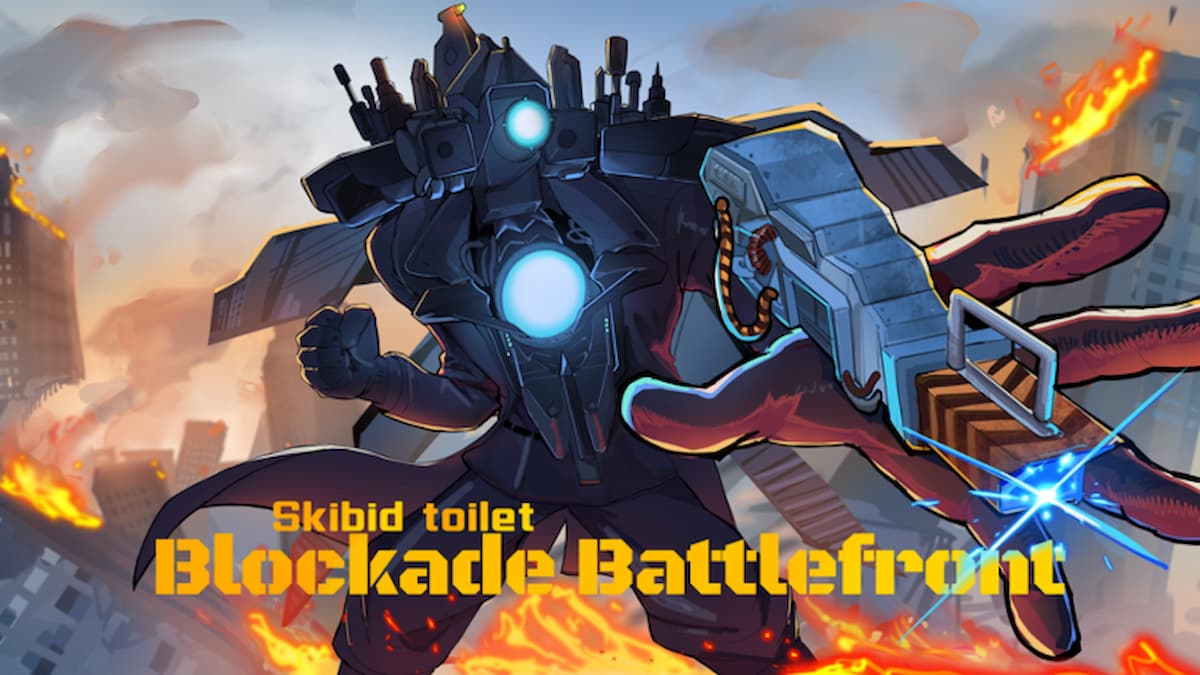Nintendo’s pride and joy, Pokemon, is easily one of the most popular and recognizable games ever made–Pikachu sits right up there with Mario and Sonic. Known for their cute collectibility, Pokemon act as companions to Pokemon trainers (through the trading card game, or the handheld games). Popularity has spiked since the release of Pokemon X & Y, and many are wondering… how the heck do you even play?
Pokemon Trading Card Game
The basis of this game starts out very simply, but can become complicated and more advanced depending on how you play.
Each person acts as a Pokemon trainer with their own set of Pokemon (your deck). The idea is to knock out the other trainer’s Pokemon through combat.
There are three ways to win the battle:
- you collect all of your prize cards (drawn when you KO an opponent’s Pokemon)
- your opponent runs out of cards in their deck
- your opponent no longer has any Pokemon on the field
Card Types
Players begin by shuffling their decks (exactly 60 cards) and drawing seven cards. Each player must have what is known as a Basic Type Pokemon in their hands–if they don’t, they must reshuffle until both hold at least one. Basic Pokemon are cards that have not evolved. It is wise to ensure that you have a decent amount of energy in your hand as well.
Once ready, players will place one basic Pokemon in the Active spot on the field. This Active spot should be occupied by the Pokemon you wish to start the battle with. A player can have up to six cards on the field, but only one may occupy the Active spot.
Any remaining Pokemon sit on The Bench, also known as the reserve. The player then draws six cards, now Prize cards, and set them to the side. A player may draw one when they KO an opponent’s Pokemon.
Energy Cards

Each Pokemon requires a certain amount of energy to use abilities and retreats–for this, each player needs Energy cards. Much like mana, these cards come in corresponding Basic types: grass, water, fire, etc. Each Pokemon requires a certain amount of a certain type in order to use its abilities or retreat from the field.

You can see on this Mewtwo card that his abilities require either one Psychic and one Colorless, or two Psychic energy.
Energy comes in both Basic and Special forms. Special Energy cards come with added bonuses that can boost abilities. You may only have four Special Energy cards of the same name in one deck, while Basic Energy cards are unrestricted–you can have as many as you like. Colorless energy requirements can be fulfilled by any type of Basic or Special Energy card.
Trainer Cards
Most Trainer type cards are classified as Trainer: Item cards. These provide a set of instructions for the trainer to follow, and then the card is discarded. Trainer cards can affect other Trainer cards and can do things like remove damage counters.
- Pokemon Tools are a subset of Trainer Item cards that Pokemon carry and use at will.
- Stadium cards remain on the field during play, unlike most Item cards. They have the same effect on each player, and your opponent can use another Trainer card to destroy yours. the Stadium Card provides the same effect to each player.
- Supporter cards, unlike the rest of the Trainer cards, may only be played once per turn. These cards tend to affect a player’s deck, say by allowing the player to sort through their deck for a specific card and then put it in to play.
- Ace Spec cards allow for a player to search his deck for any card he wants, or for him to give a Pokemon more attack power. Only one of these cards is allowed per deck.
- Multi-Type cards are a combination of card types. They can act as Pokemon and Pokemon Tools, Pokemon and Special Pokemon, etc.
Playing the game

Draw seven cards from your deck and place them in your hand. You may look at them, but obviously, don’t show your opponent. Remember that you must have at least one basic Pokemon in your hand. Reshuffle if you don’t. If your opponent doesn’t have a Basic Pokemon in their hand, you get to draw one extra card.
The Basic Pokemon you choose to be your Active Pokemon should go on the board face-down. Then you may place your other Pokemon on the bench, also face-down. Your bench can hold up to five Pokemon. Once your Pokemon are set, draw six cards without looking at them, and place them off to the side.
Once your flip the coin, you both reveal your Pokemon and the battle begins. Whoever goes first draws from their deck and puts that card in to their hand–however, players may not evolve a Pokemon on the first turn. At the beginning of every turn, a player draws one card from their deck.
Players can do multiple things during each turn, such as attaching energy, placing Pokemon on the Bench (up to five total), using Trainer cards, and attacking. One energy may be attached per turn, and it is generally a good idea to do so each turn if able. Each player’s turn ends after their one attack.
Pokemon in the Active spot can attack your opponent’s Active Pokemon. HP is located on the upper right hand corner of the card, and damage is located on the right of each attack name. Use your abilities to knock your opponent’s Pokemon’s HP is zero. Damage counters help you keep track of the remaining HP on Pokemon and the amount of damage taken by that Pokemon.
Once a Pokemon has been knocked out, it’s removed from the field and a Pokemon from the Bench can now take the Active spot. To avoid KOs, use energy to retreat low-HP Pokemon according to their Retreat cost, found at the bottom of each card.
By using the abilities and boosts given by certain cards and Pokemon, the idea is to win by one of the three ways mentioned at the beginning of this article: KO all of your opponent’s Pokemon on the field, collect all six of your Prize cards, or play until your opponent no longer has any cards in their deck.






Published: Oct 16, 2013 9:48 PM UTC